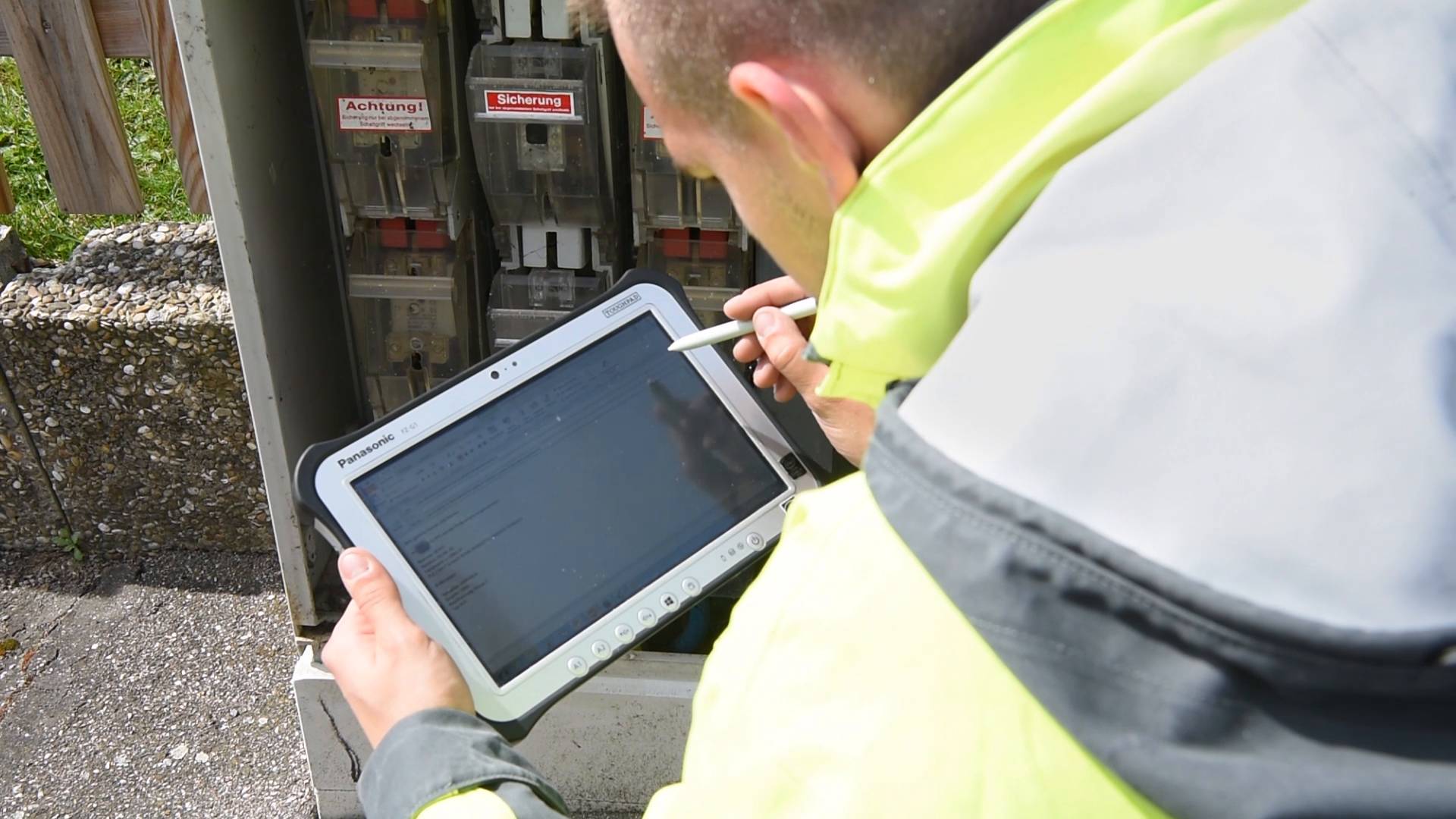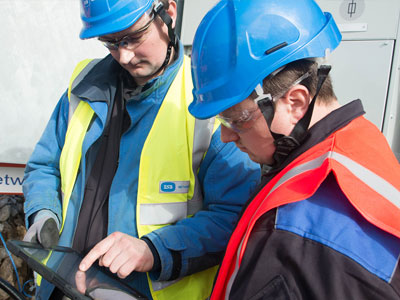Bayernwerk Improves Network Management with Unified System
Needing to unify legacy utility network systems and improve data quality, Bayernwerk implemented Hexagon’s network model management software to streamline data access, improve decision-support companywide, and reduce operating costs.
The Challenge
Formed from the merger of five regional utility companies, Bayernwerk is the largest electric and gas distribution network operator in Bavaria, and one of the largest in Germany. It serves more than 2 million customers with an electric network of 188,000 kilometers and a gas network of 6,000 kilometers.
After inheriting six different geographic information systems from its predecessor companies, Bayernwerk needed to ensure efficient network management and support various technical workflows by providing standardized access to a unified database. To do this, Bayernwerk required a solution that would help it migrate and consolidate data from its legacy systems as well as improve data quality by converting it all to vector format.
The Solution
One of the five regional utility companies was a customer of Hexagon's Safety & Infrastructure division for nearly a decade. Bayernwerk decided to standardize on Hexagon’s network model management software as the platform to migrate and consolidate the legacy data and create a unified network model. The solution’s open architecture facilitated the seamless import and export of data into a central database.
Today, 1,400 employees working from the utility’s 19 regional centers use the Hexagon system to input changes and obtain network information. Hexagon’s solutions are at the heart of Bayernwerk’s activities, supporting planning and analysis, design and construction, maintenance, fault management, and network calculation. These capabilities help streamline data access, improve decision-support companywide, and reduce operating costs.
“Hexagon’s software offers two great advantages: the storage and administration of large amounts of data and its distribution to a large number of users with different roles, including mobile employees in the field.”



